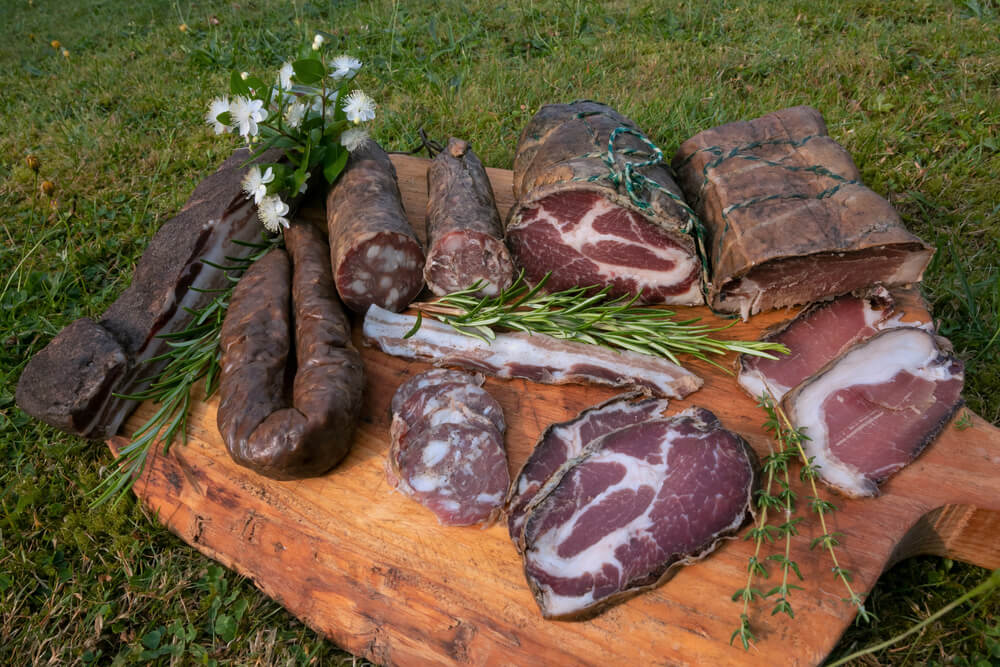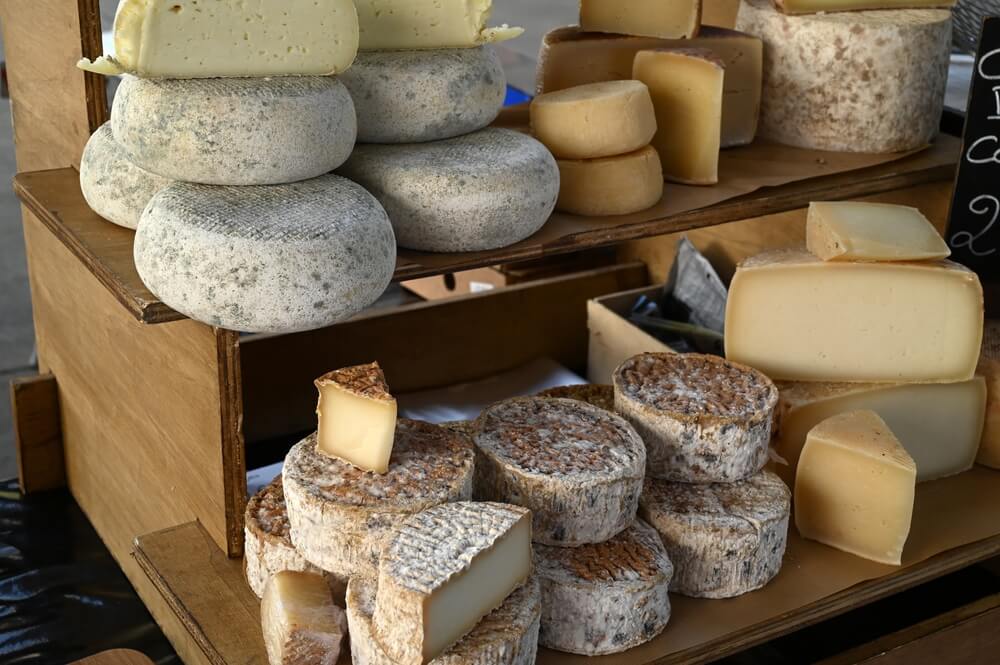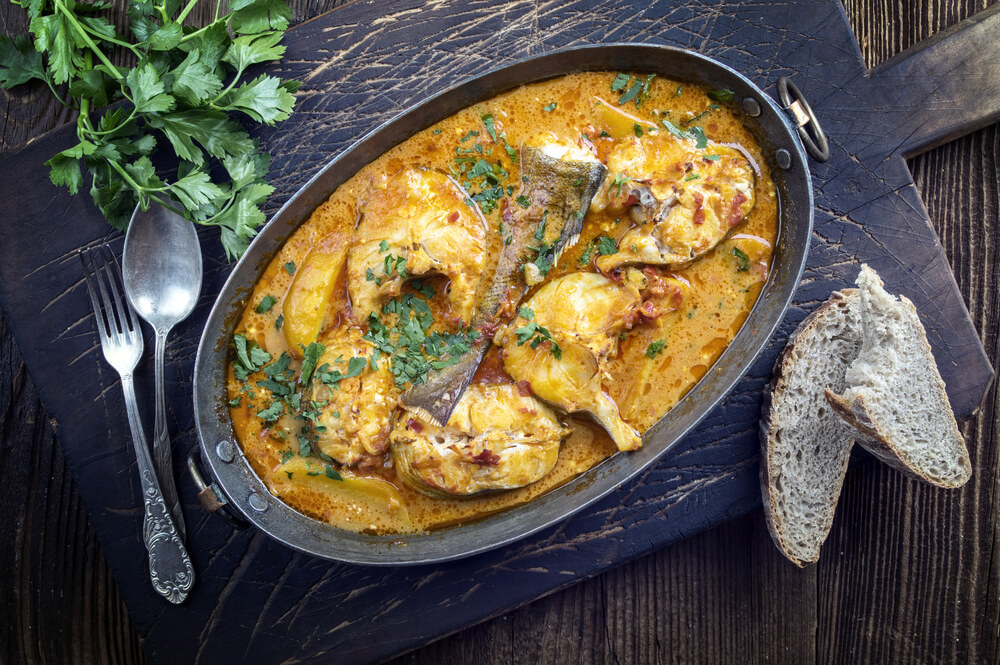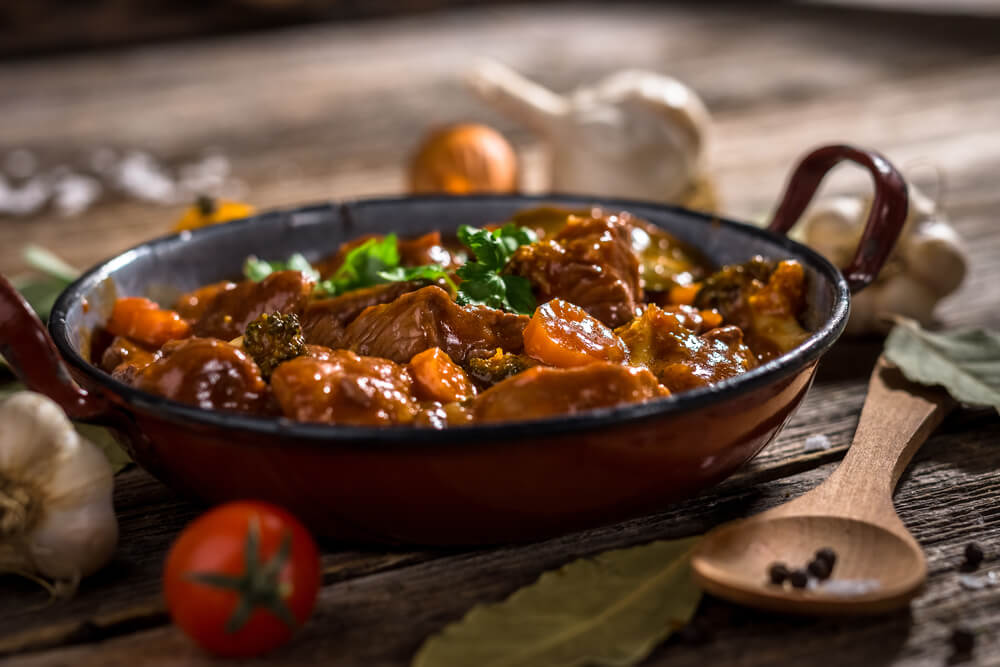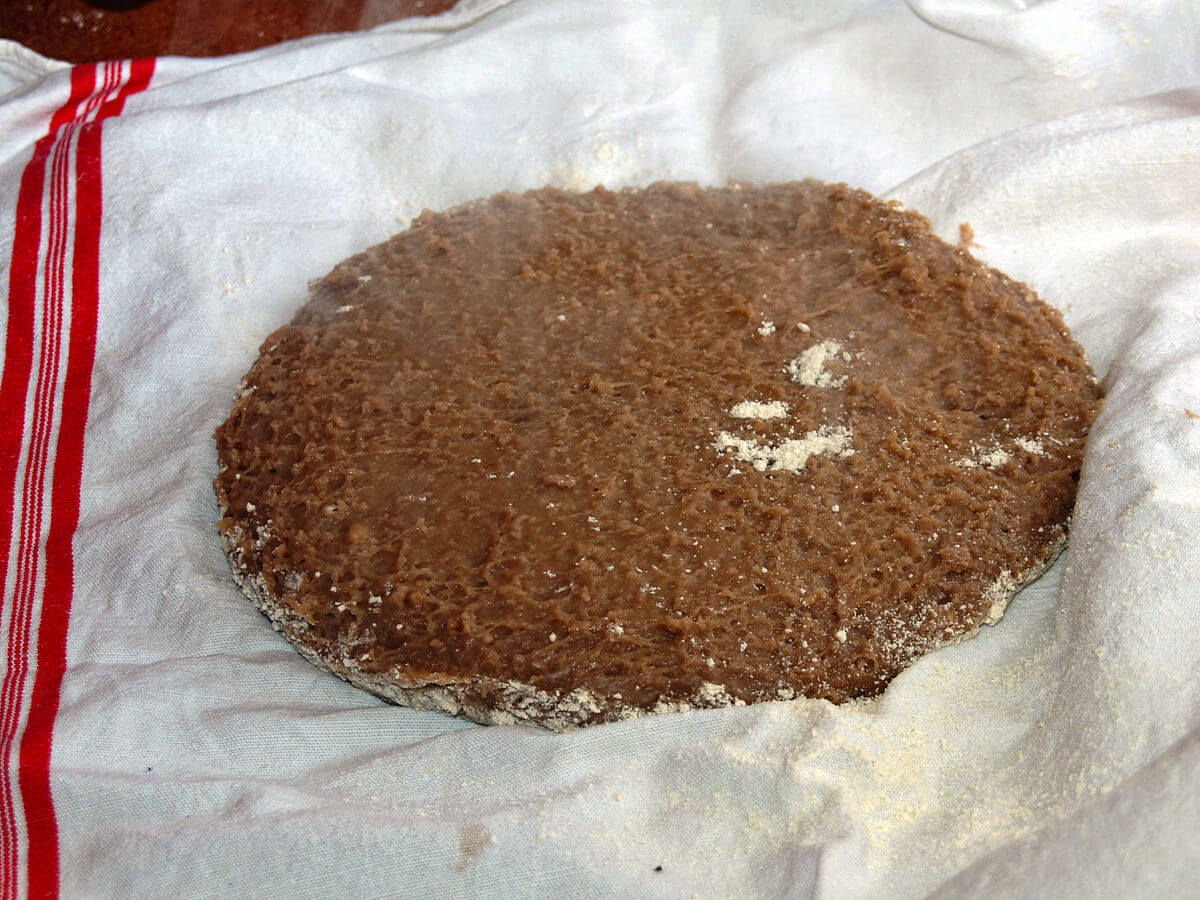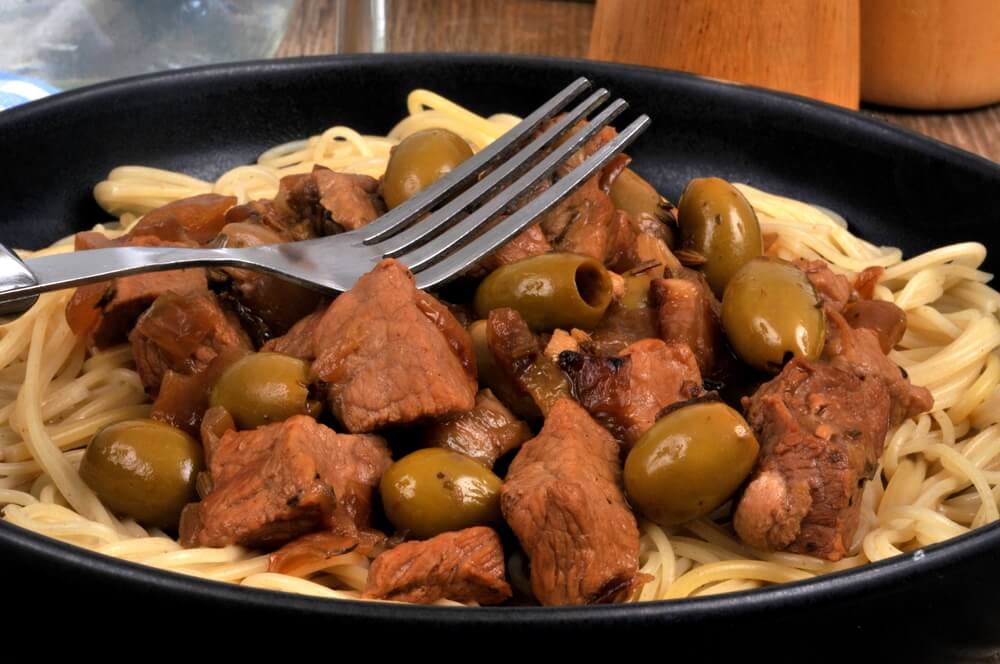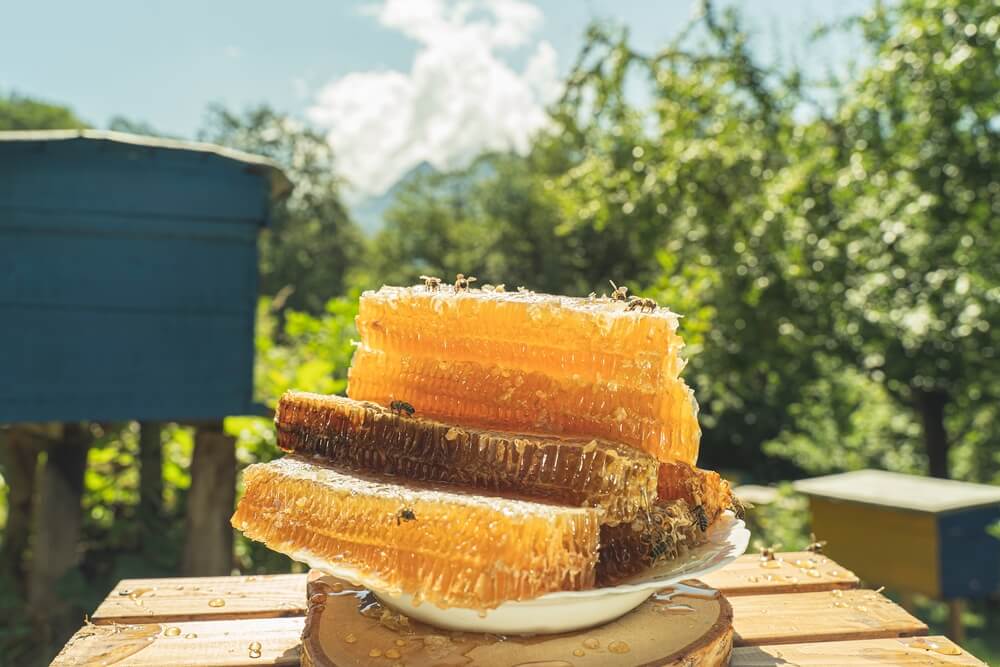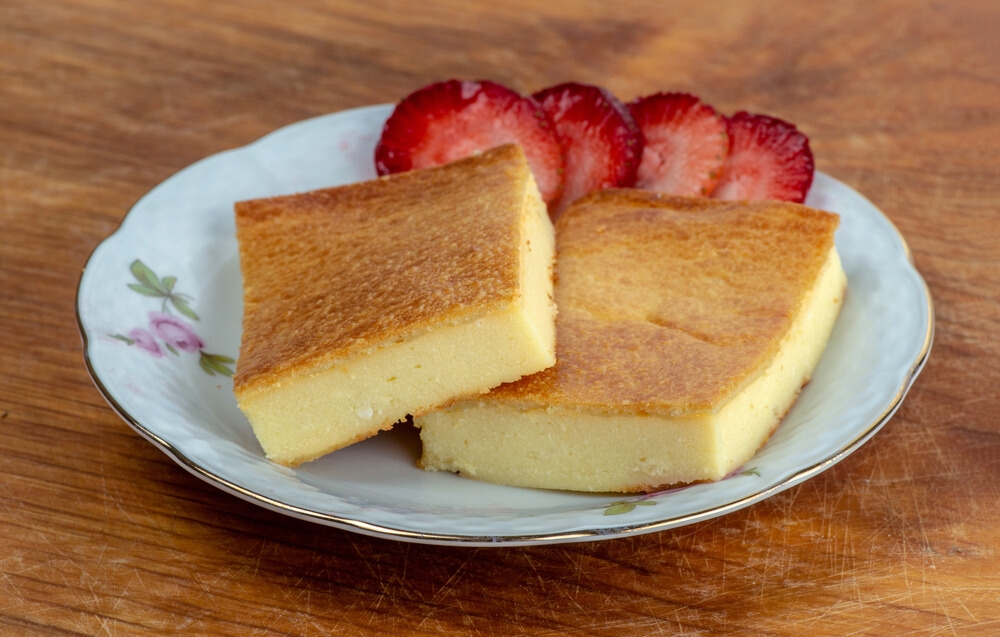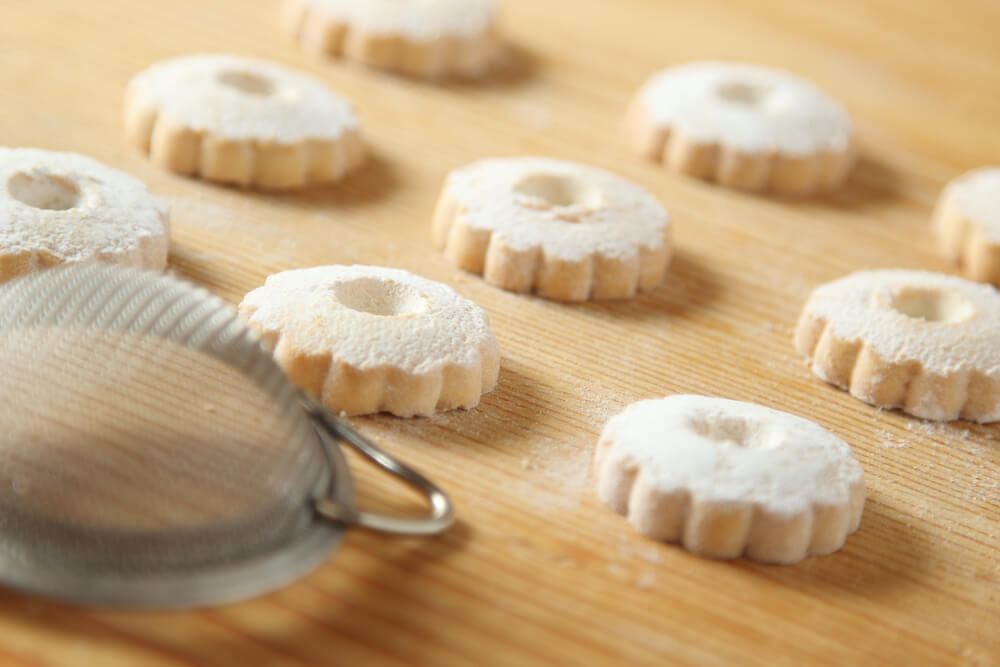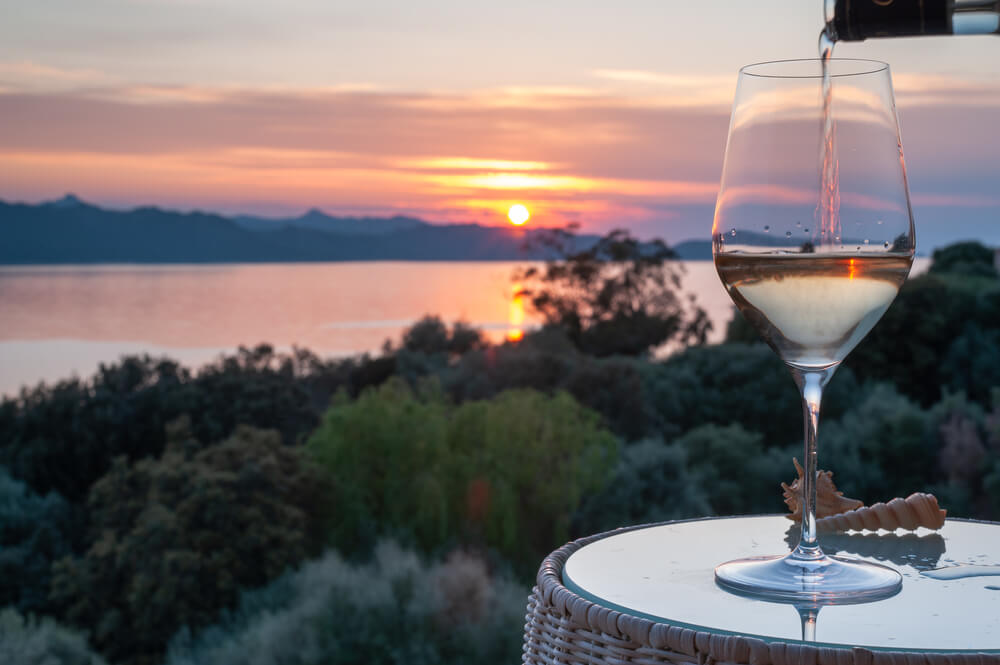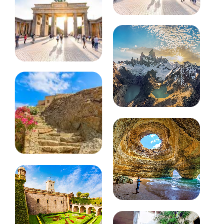Top 10 culinary specialities in Bastia
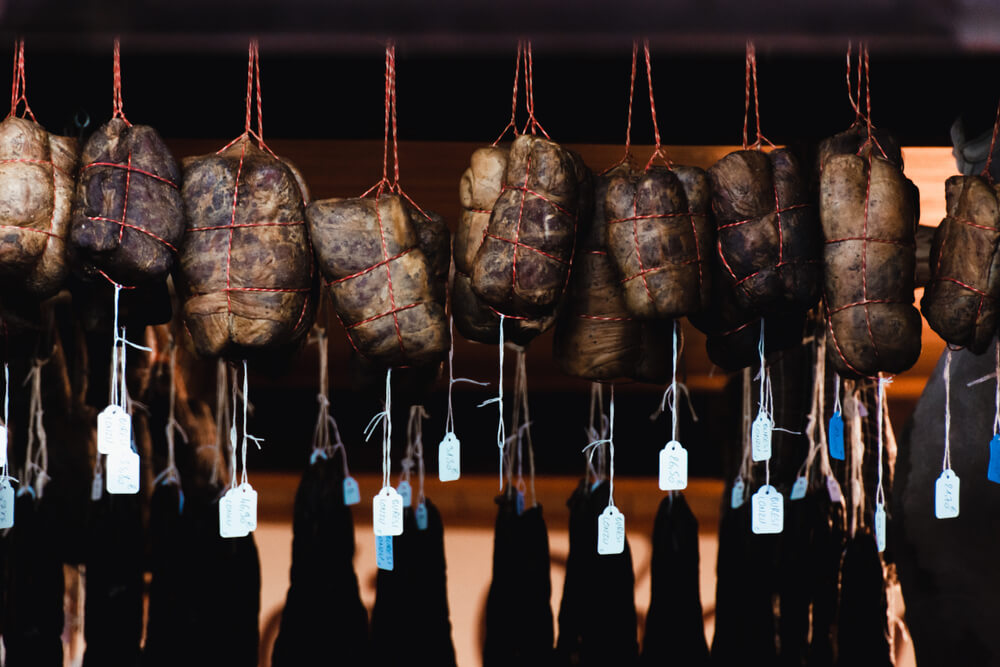
If Bastia’s gastronomy – and Corsican gastronomy in general – were to have a credo, it might be: “the best things in life are the simplest”.
You’ll agree with this during your stay in Bastia, when you take a tour of the ancestral specialities of the town and the island of Beauty. Local dishes are prepared using simple ingredients, produced locally and in keeping with the seasons. As a result, the typical recipes are inexpensive – to make or to eat – yet rich in flavour!
From breakfast to the last bite of the day, not forgetting the inevitable aperitif, there’s no shortage of opportunities to dine out in Bastia.
In this town, you can savour Corsica on a cheese and charcuterie platter. Savour the distinctive identity and unusual flavours that you won’t find anywhere else in mainland France. In Bastia, you’ll also discover recipes as varied as the island’s landscapes. Cheese, meat, fish and sun-drenched fruit… Bastia’s cuisine will tantalise all your senses.
What to eat in Bastia Our selection of 10 Bastia specialities
The people of Bastia have a taste for tradition and cultivate age-old skills. Although Corsican specialities are very well known in mainland France, visitors are always keen to discover them. As a result, tastings follow one another and gourmet souvenirs are bought in large quantities. All of which encourages local producers and artisans to maintain their historical and culinary heritage.
1. Charcuterie
The famous prisuttu ham made from black Corsican pig, salamu, dry pork sausage… Not forgetting the legendary coppa, panzetta, figatellu and lonzu. Come to think of it, you might want to take some notes! The Corsican pig is the emblematic animal of the Isle of Beauty. Carefully reared and fed mainly on chestnuts, Corsican pork has tasty meat that can be used in a variety of charcuterie dishes. The high quality of this cured meat has spread far beyond France’s borders. In Bastia, you’ll find the very best of Corsican charcuterie, naturally sublimated or enhanced with pepper, wine or herbs. The preparation is based on ancient know-how. Take Bastia’s Corsican charcuterie home with you as a gourmet souvenir!
2. The cheese
Enjoy Bastia cheese alongside a platter of charcuterie and homemade jam. As with charcuterie, it’s hard to pick one cheese over another. The best thing to do is to try them all, at the corner of a Bastia market or on the terrace of a café. On the island of Beauty, cheese is as serious a business as charcuterie! The most famous is brocciu made from goat’s or sheep’s milk. It’s followed by the ancient cabrettu, first made in Roman times. And there are so many other cheeses from all over the island to discover on the stalls of the city’s many cheese shops.
3. Aziminu
Proof that Marseille is just a few beats away. Aziminu is the island’s version of bouillabaisse. This popular hot dish is made with rock fish, freshly caught from the nearby coastline. The selection can vary from scorpion fish, red mullet, sea bream, mullet… depending on what you find that day. The fish are then coarsely cut and simmered in a strong aromatic stock (bay leaf, saffron, fennel, etc.). Naturally, the Corsican casserole will contain local olive oil, as well as a handful of mussels or a few small crabs packed with flavour! In Bastia, aziminu will be served with plenty of stock and a good quantity of dry bread, so as not to leave a drop! Serve with a glass of chilled pastis or, better still, a regional wine.
4. Wild boar stew
Strong flavours and pure Corsican tradition – that’s what you get with “stufatu di cignale”! In Bastia, try this hearty, typically Corsican speciality, the centrepiece of which is a wild pig. This strong meat is flavoured with a wide range of aromas: onions, carrots, garlic and more. The whole dish is enhanced by a touch of myrtle or chestnut brandy. This wild boar stew has a strong taste and can be enjoyed all year round. Very popular with the locals, each family has its own version of the recipe, handed down from generation to generation.
5. The pulenda
photo credit Wikimedia
At first glance, it looks like a strange Corsican cake! This winter speciality is very simple to prepare, using chestnut flour, water and salt. The ball of dough is then cooked over charcoal and quickly sliced to be eaten before cooling. The warm pulenda is usually accompanied by a large piece of brocciu cheese, fried eggs or cold meats. It’s the perfect way to invigorate yourself in the run-up to the festive season. Pulenda also has the added bonus of being an anti-waste speciality. In fact, after a few days, the locals sprinkle it with chestnut flour again and fry it in a pan to give it a little more heat and crispness.
6. Veal with olives
Another trip through the dusty old book of Corsican recipes… In Bastia, you’ll have the chance to try this ancestral family recipe: veal with olives. Made with high-quality Corsican veal and green olives from the local olive groves. Veal with olives is a simmered dish with a strong aromatic smell. At first glance, you’ll recognise notes of bay leaf, garlic and, above all, red wine (often patrimonio). This dish is so popular in winter that it is not uncommon to find it in fine weather too. To accompany the meat in sauce, you’ll usually find pasta, potatoes or a warm portion of polenta on your plate.
7. Corsican honey
Look carefully at the labels on jars of honey in Bastia. They must bear the words “Mele di Corsica” to certify that they have been produced on the island. Honey is a flagship product of Corsica. The people of Bastia and all the island’s inhabitants are addicted to it, and above all, very proud of it! Just like charcuterie and cheese, Corsican honey is a must-have in your luggage. What’s more, it’s much easier to transport. The island’s honey has as many flavours as Corsica has landscapes. You can choose between honey from clementine trees, chestnut trees or the maquis. These very distinct geographical areas give the yellow gold a unique range of flavours and colours.
8. Fiadone
Savoury specialities are not lacking in zeal in Bastia, but sweet treats have not said their last word… The famous fiadone, Corsica’s number one dessert, is a case in point! Clever and 100% local, fiadone is made with the essential brocciu cheese. The locals add sugar, eggs and a few zests of citrus fruit (orange or lemon). Beneath its cheesecake-like appearance, you’ll discover a taste personality in its own right. You can’t resist its pretty caramelised colour after baking and its inimitable softness. Fiadone is so popular that it can be eaten all year round, and is the perfect end to any typical meal. For even more indulgence, this cake is often served topped with a dash of brandy and a fruit coulis or citrus marmalade.
9. Canistrelli
Have you seen the time? Take a break! In Bastia, you can’t enjoy a good cup of coffee without accompanying it with a canistrelli… Or two. Canistrelli are small, dry biscuits made from traditional wheat flour, sugar and white wine (again!). The canistrelli dough can then be personalised, according to the taste of the moment: chestnuts, almonds, raisins or citrus fruit… The more daring see an opportunity to make a savoury version. Hence the canistrelli with onions, herbs or olives. It’s a great way to extend the aperitif and pay for a glass of rosé! On the palate, canistrelli are dry, crunchy and quite addictive once you’ve decided on your favourite flavour. Everyone falls for it, tourists and locals alike. That’s why you’ll find them everywhere and at all hours of the day. Psst… Another great idea to fill your suitcases…
10. Corsican wine
Proudly produced on the Isle of Beauty, Corsican wine is a culinary must during your stay in Bastia. Like the famous wines of Patrimonio and Sartène, wine-growing plays a major role in the Corsican terroir. The island has 9 appellations d’origine contrôlée (registered designations of origin), as well as around thirty grape varieties scattered across its varied landscapes. But the top 3 are Niellucciu (rosé and red), Sciaccarellu (rosé and red) and Vermentinu or Malvoisie (white). These wines have won over the palates of wine-lovers and made Corsica’s reputation as a wine-growing region.
200 audioguided tours for cities all around the world
Download